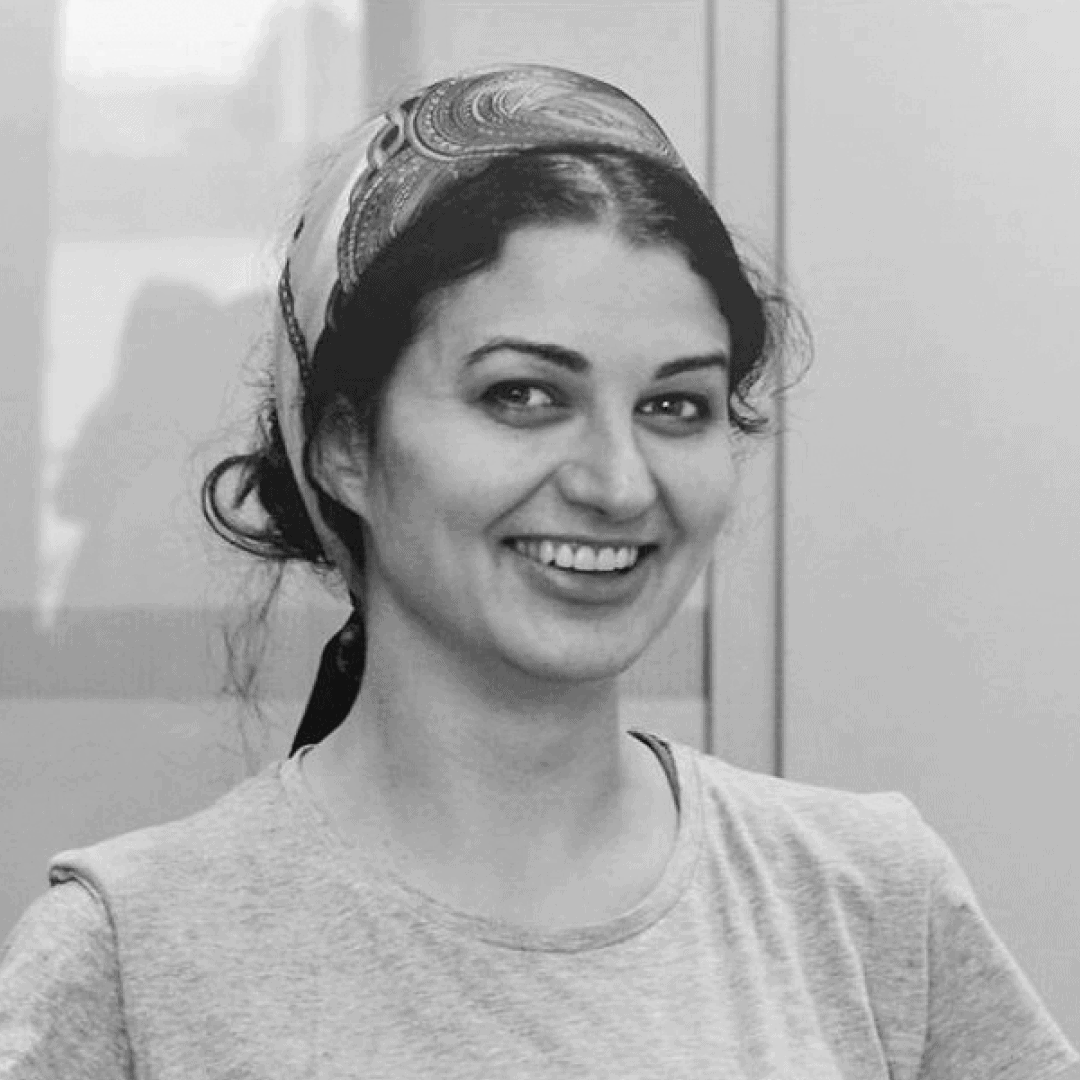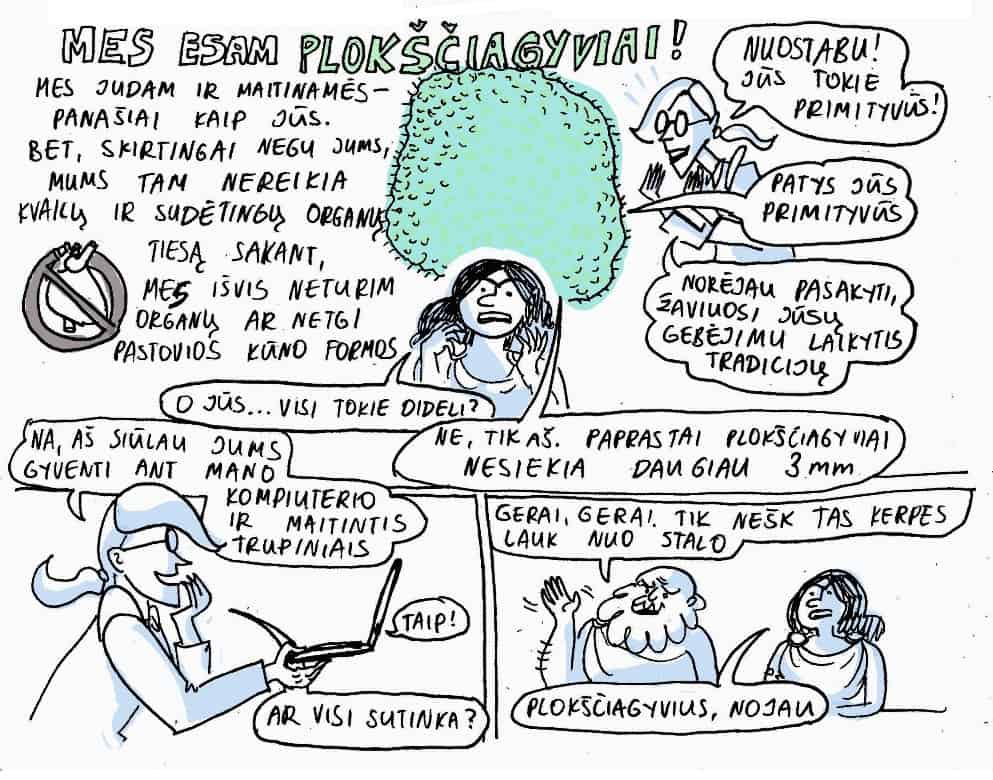
MIGLĖ ANUŠAUSKAITĖ, COMICS CREATOR


MIGLĖ ANUŠAUSKAITĖ, COMICS CREATOR
I once drew a comic for children about a historical Lithuanian battle. The comic tells a story where a grandson finds a sword and his grandfather, a former battle warrier, tells the grandson about the sword and the battle. The grandfather remembers himself as a hero, although it’s clear to the reader that he was a coward who got lucky through a blind chance. On the cover of the comic, I drew the grandson running and a grandfather leaning on the sword. The clients said that the cover was not suitable because the image was too violent. I couldn’t understand their logic: There were plenty of swords throughout the comic; after all, it’s a story about a battle. Anyway, I ended up drawing the grandfather leaning on a walking stick.
Such situations are unpleasant, but when you are working for a client, there might be some corrections, yet the entire project is seldom rejected as clients have a clear idea of what they want. However, it’s always sadder when your personal work is turned down – the work that comes from your heart and reflects your passion.
In 2014, together with a fellow comics author Gerda Jord, we successfully debuted a comic book about Darius and Girėnas, the legendary Lithuanian pilots. It was called 10 litas, because the two pilots appeared on the note of the former Lithuanian currency. We wanted to continue working together and started creating a series of comics, the reality show Noah’s Ark.
The idea seemed wonderful. In the comic, Noah, his wife, and a scientist from the future decided which animals made it into Noah’s ark and which didn’t. It was a book about animals of the world, where the animals told about themselves, while Noah, his wife and the scientist asked them questions.
We worked for a long time, pondered thoroughly, developed the idea, and drew several options. Each of us prepared a 3-page episode. Mine was about Placozoa, and Gerda’s about fireflies.
We sent our proposal to everyone, from publishing houses to media outlets, but absolutely none of them showed any interest in it. One of them suggested posting it on their website without payment. We declined, because it takes a lot of effort and time to make a comic, and we didn’t want to do it for free.
Publishing houses told us it was not their style or genre, or they couldn’t offer anything, because they didn’t see any financial benefit and didn’t understand what audience the comic was intended for. It was really sad, because they rejected the idea that we came up with ourselves and strongly believed in.
The comic reality show Noah’s Ark remains a wonderful project that never came through.
At the beginning of my career as a comics author, I thought I was creating something unrealistic and that everyone would go crazy after reading my comics, so any rejection I received made me feel worthless. Now the attitude is completely different, and I perceive everything more realistically and calmly. Just in the last month, two of my projects were rejected, but I no longer let it affect me and see it as a normal part of the job.
If you want to work in a creative field, you better get used to rejection as early as possible, because it’s an inevitable aspect of the creative process. The best approach is to share your work with others frequently and embrace rejection frequently as well, until your work eventually is accepted.
When she is not creating comic books, Miglė Anušauskaitė researches the heritage of Jewish history and culture, and translates texts from Yiddish. She studied journalism and semiotics, worked at the Judaica Research Center, and gained recognition on social media for her snappy comic posts and inventive photo collages.
Interview by Juta Liutkevičiūtė
Translation by Emilija Ferdmanaitė